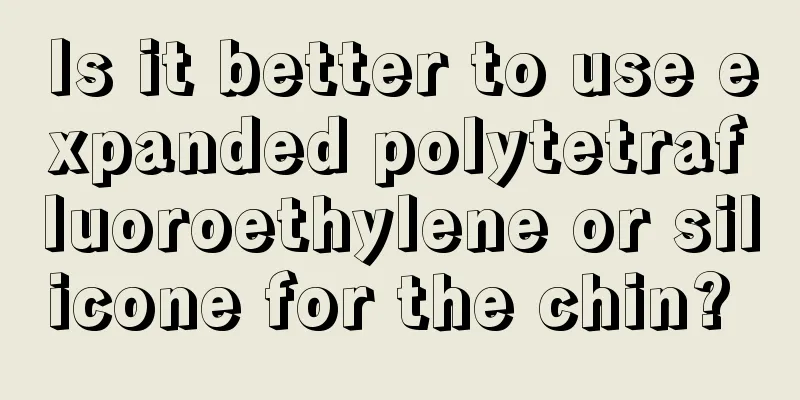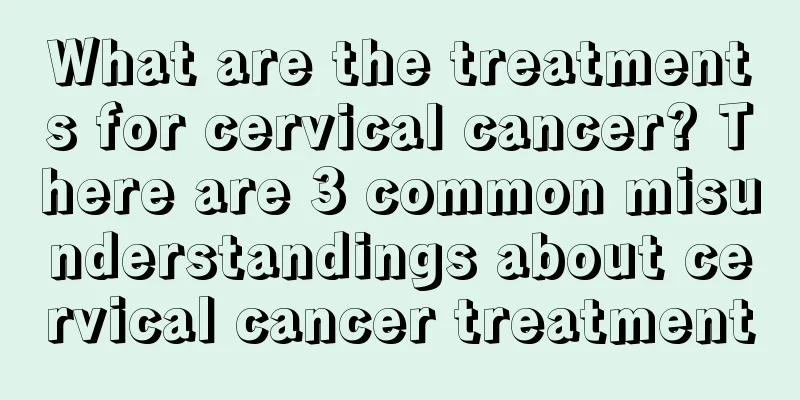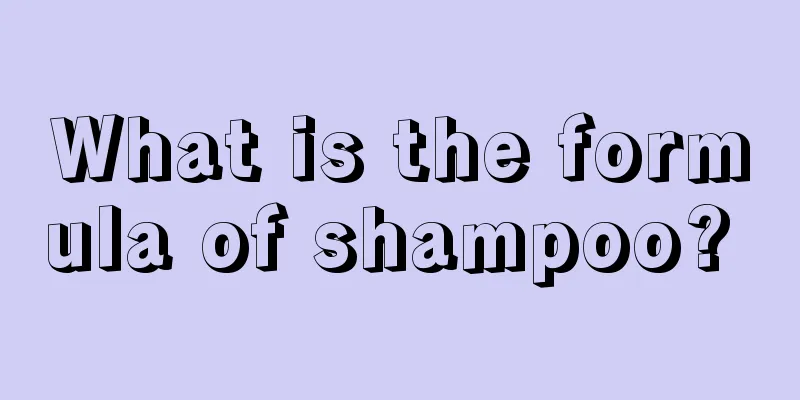Is it better to use expanded polytetrafluoroethylene or silicone for the chin?

|
Everyone loves beauty. We all know that the shape of a person's chin will affect the face shape. Nowadays, the most popular one is the V-face. Therefore, many young people want to change their face shape by changing their chin. The effect of prosthetic chin augmentation surgery is long-lasting and effective, and it is sought after by many beauty lovers. Moreover, many women do not know how to choose when faced with different prosthetic materials. Is it better to use expanded polytetrafluoroethylene or silicone for the chin? The commonly used prosthetic materials for chin augmentation are silicone and expanded polytetrafluoroethylene. Both materials have good compatibility with the human body, do not irritate the body, generally do not cause harm to the human body, will not produce immune or rejection reactions, last for a long time, and do not need to be removed unless they are subjected to extremely strong impact or damage. What is the difference between silicone and expanded polytetrafluoroethylene for the chin? 1. Plasticity Silicone is soft and flexible, and the material is easy to sculpt. Once implanted in the chin, it remains stable. Expanded polytetrafluoroethylene is soft and not easy to sculpt. 2. Structural stability There are tiny pores in the structure of the expanded polytetrafluoroethylene. It is this special microporous structure that allows it to fuse with the chin's own tissue after implantation, ensuring long-term stability. 3. Cost-effectiveness Although a silicone chin pad will feel like it has an obvious edge interface, the silicone material is cheaper and more cost-effective; an expanded polytetrafluoroethylene chin pad has a soft texture and a real touch, but the expanded polytetrafluoroethylene is not easy to detach and is slightly more expensive than silicone. Chin augmentation care methods: First of all, one thing you need to pay attention to is that you cannot touch water for a short period of time after chin augmentation surgery, and keep the surgical incision dry, which is mainly to prevent wound infection. Secondly, in terms of diet, special attention should be paid to oral hygiene after chin augmentation surgery. In terms of diet, do not chew food 48 hours after the operation and rely on intravenous injections to maintain. After 48 hours, gradually start eating liquid food, semi-liquid food, etc., and transition to normal meals. Be careful not to eat spicy and irritating foods during this period. Finally, during the recovery period after chin augmentation surgery, it is best not to allow external force to contact the chin area, so as to avoid vibration or impact on the chin, which will prolong the recovery period of the chin and even affect the appearance. |
<<: Can you still use expired shampoo? Don't throw it away! It still has magical uses
>>: Is it necessary to get the influenza virus split vaccine?
Recommend
Side effects of prostate cancer chemotherapy
Chemotherapy is one of the adjuvant treatments fo...
Traditional Chinese Medicine: Dealing with "Winter Itch"
Although "winter itch" is not a skin di...
Can baking soda remove sewer odors?
In daily life, sewers are usually where we often ...
What are the symptoms of ion disorder
Ion disorder can cause people to have many medica...
What are the characteristics of small liver cancer? How to diagnose whether it is small liver cancer?
Many people may not know much about small liver c...
Is the TG value of hemisection of thyroid cancer of reference significance?
The TSH value after hemisection of thyroid cancer...
What should I do if my dentures turn black?
Many people will install dentures when their teet...
Will my teeth fall out when I get older if I wear braces?
Nowadays, many parents are worried that they don’...
The harm of carbon disulfide to humans
When people breathe normally, they do not absorb ...
What should you pay attention to when you have sciatica?
Any kind of disease can cause great harm to our b...
What to do if canned yellow peaches turn sour
Yellow peach is a very common fruit in our life. ...
Skin disease annular erythema
How to treat the skin disease erythema annulare? ...
You may want to try upper limb function exercises after breast cancer surgery
Breast cancer is the most common malignant tumor ...
Why is it humid in dog days?
The dog days are the hottest season of the year. ...
Is it poisonous to place stinking begonia indoors?
Stinking begonia is a kind of flower with a bad s...









